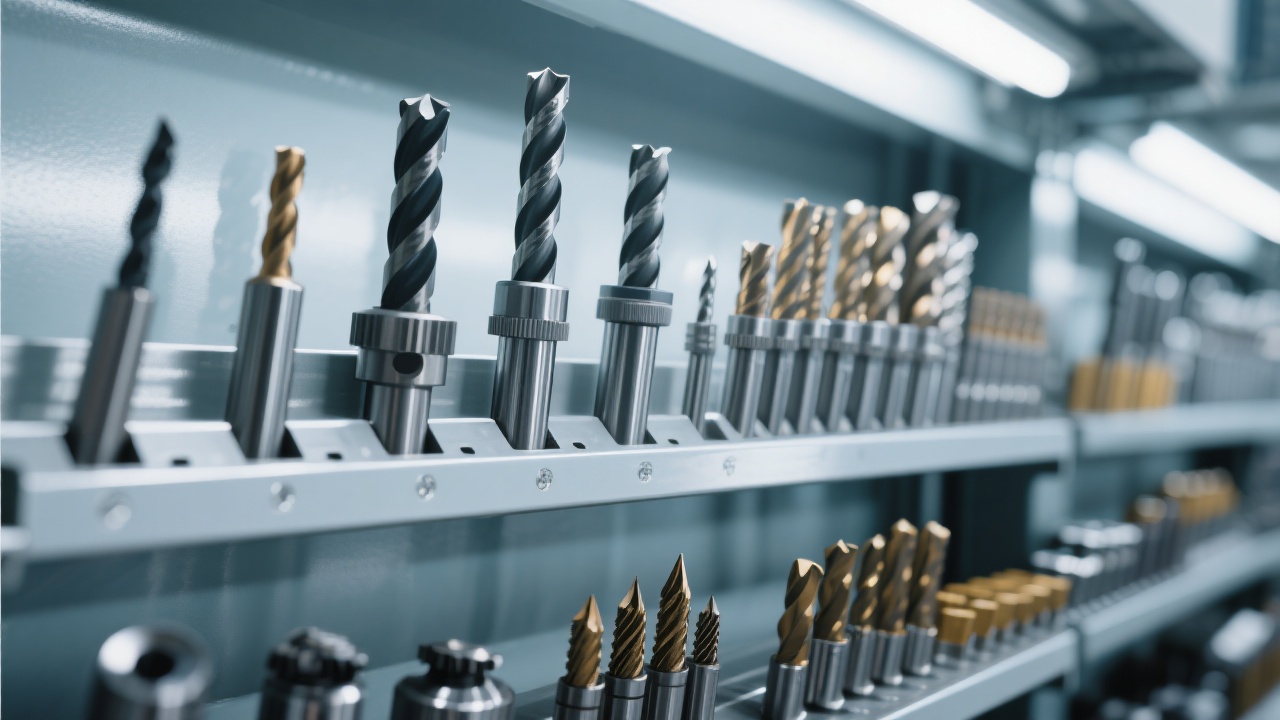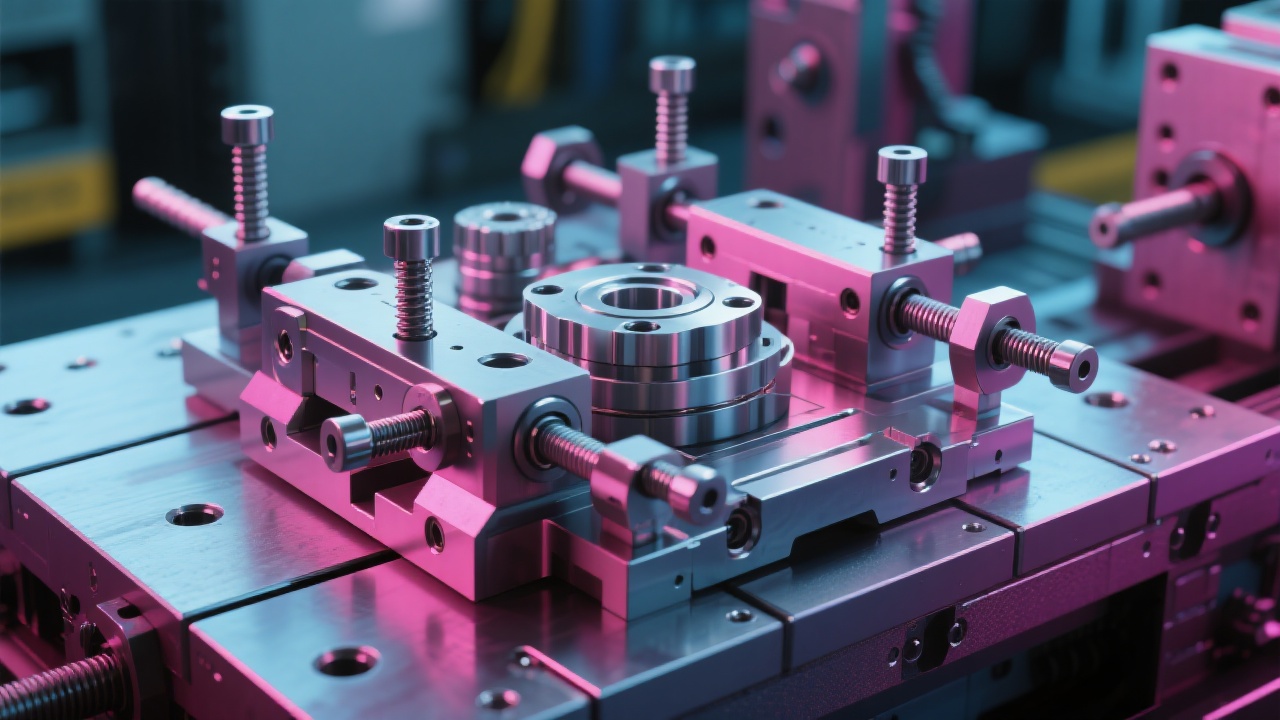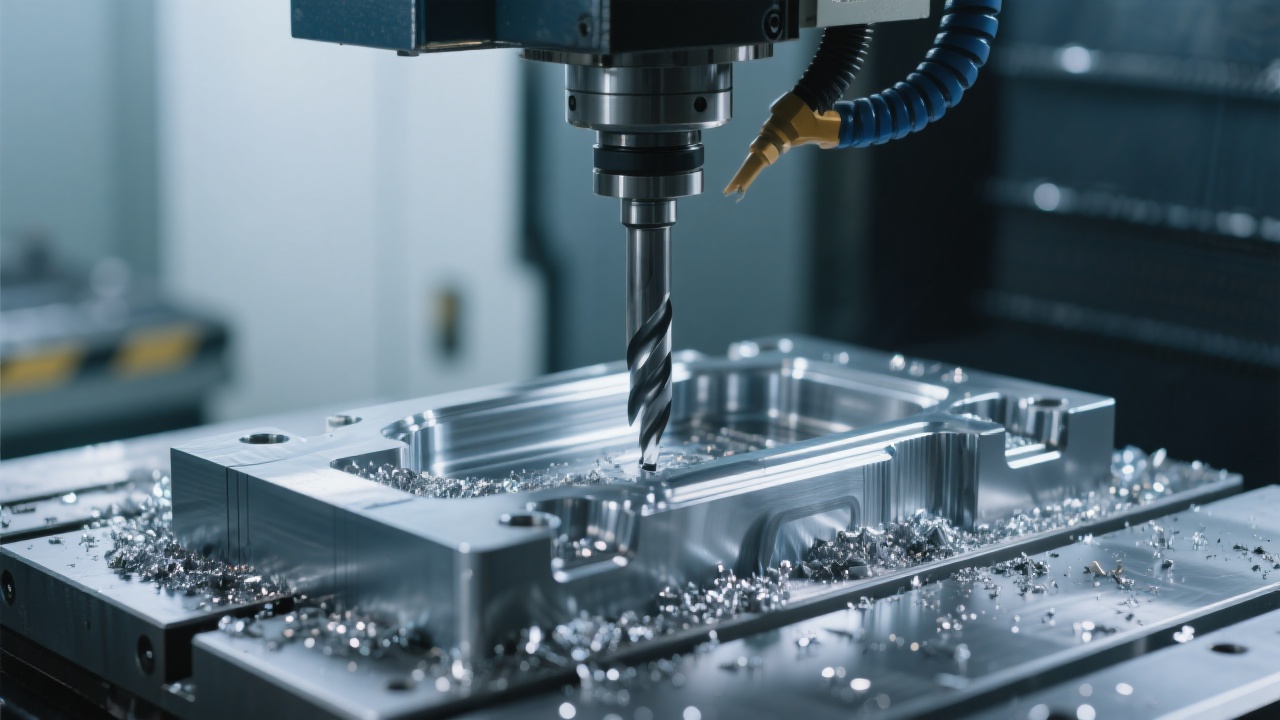
As a decision - maker in a shoe mold manufacturing enterprise, you're constantly seeking ways to improve production efficiency. The key performance indicators of five - axis CNC milling machines, such as spindle speed, positioning accuracy, and tool - changing speed, play a crucial role in batch production. For example, a higher spindle speed can significantly reduce the processing time per unit. In a test, a machine with a spindle speed of 12,000 RPM completed a single shoe mold processing 30% faster than one with 8,000 RPM.
Positioning accuracy directly affects the quality of the shoe molds. An error of just 0.01mm can lead to a defective product. High - precision machines can ensure that the molds meet the strictest design requirements, which is essential for mass production. And a fast tool - changing speed can minimize the downtime between different processing steps, increasing the overall productivity.

Different configurations of five - axis CNC milling machines have different capabilities in responding to multi - variety orders. A machine with advanced control systems and flexible tool magazines can handle a wider range of orders more efficiently. For instance, in a real - world shoe factory, a machine with a smart tool management system was able to reduce the setup time for a new order by 40% compared to a basic model.
Let's take a look at the following table to see the actual differences:
| Configuration | Order Setup Time | Order Completion Time | Defect Rate |
|---|---|---|---|
| Basic | 2 hours | 10 hours | 5% |
| Advanced | 1.2 hours | 7 hours | 2% |
One of the real - world experiences shared by a shoe factory is that through programming optimization, they were able to reduce the empty travel time of the machine by 25%. By carefully planning the tool path, the machine can move directly to the necessary processing points, eliminating unnecessary movements. As the factory manager said, "Programming optimization is like finding the shortest route in a maze. It saves a lot of time and energy."
Proper tool life management is crucial for the stable operation of the machine. By analyzing the wear pattern of the tools and setting up a reasonable replacement schedule, the equipment can run stably for a longer period. For example, a scientific tool life management strategy can extend the tool's service life by 30%, which not only reduces the cost of tool replacement but also minimizes the risk of machine breakdowns due to tool failures.

Standardized processing templates can greatly shorten the new order import cycle. Once a template is created for a certain type of shoe mold, it can be quickly applied to similar orders. In a factory, using standardized templates reduced the new order setup time from 3 days to just 1 day. This allows the factory to respond to new orders more quickly and efficiently.
The transition from trial production to mass production is a critical stage. The key nodes include ensuring the stability of the production process, the quality control system, and the supply of raw materials. For example, during the trial production, it's important to test the machine's performance under different conditions and make necessary adjustments. Once the trial production is successful, strict quality control measures should be implemented to ensure the consistency of the mass - produced products.

Are you interested in learning how the DC6060A five - axis sole mold milling machine can help your factory achieve lean production? Click here to find out more.

